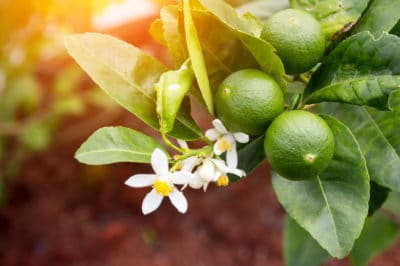Major Lime-Growing Countries
Mexico and Brazil account for more than nearly 40 percent of the world’s Persian (Citrus latifolia) and West Indian (Citrus aurantifolia) lime production. These are the most widely commercialized varieties.
In 2016, Mexico produced 26 percent of all Persian and Key limes. Most of the Persian limes came from the northern Veracruz on southeastern Mexico’s Atlantic coast. The Key limes were concentrated in the central-western states of Colima, Michoacan, Guerrero and Oxaca.
Brazil’s production regularly tops 1 million tons per year, most of them Persian limes. About half of them come from growers close to the city of Itajaubi in Sao Paulo state.
Other Lime-Growing Countries
Most other commercially grown limes come from:
- Colombia
- Dominican Republic
- Honduras
- Peru
- Israel
- Vietnam
- Guatemala
U.S. Lime Growers
The primary U.S. lime production industry was centered in South Florida and peaked in the mid 1980s. In 1992, Hurricane Andrew decimated many of the Florida orchards. Those Andrew didn’t destroy, citrus canker disease and an invasion of canker-spreading citrus leafminers finished off. Until the Florida growers rebound, the U.S. will continue importing nearly all its limes.
Growing Conditions for Limes
Lime trees grow in U.S. Department of Agriculture plant hardiness zones 9 through 11, depending on variety. Winter lows in those zones range from 20°F (-6.6°C) in zone 9a to 40°F (4.4°C) in zone 11a. Key limes are hardier than Persian ones, but even they benefit from cold protection in zone 9a.
Expert gardener’s tip: Gardeners in USDA zones 4 through 7 can grow a dwarf lime variety in a container overwintered indoors. Dwarf Key limes (Citrus aurantifolia ‘Key of Mexican’) max out at 4 to 6 feet high and wide unless pruned smaller. Their first fruit ripens in one to two years.
Sun and Soil
Like all citrus trees, lime trees need at least six hours of direct sun each day. For the best fruit production, eight or more hours is best.
Plant limes in loose, rich well-draining soil with a slightly acidic to neutral pH between 6.0 and 7.0. Avoid any alkaline, salty or poorly draining sites.
